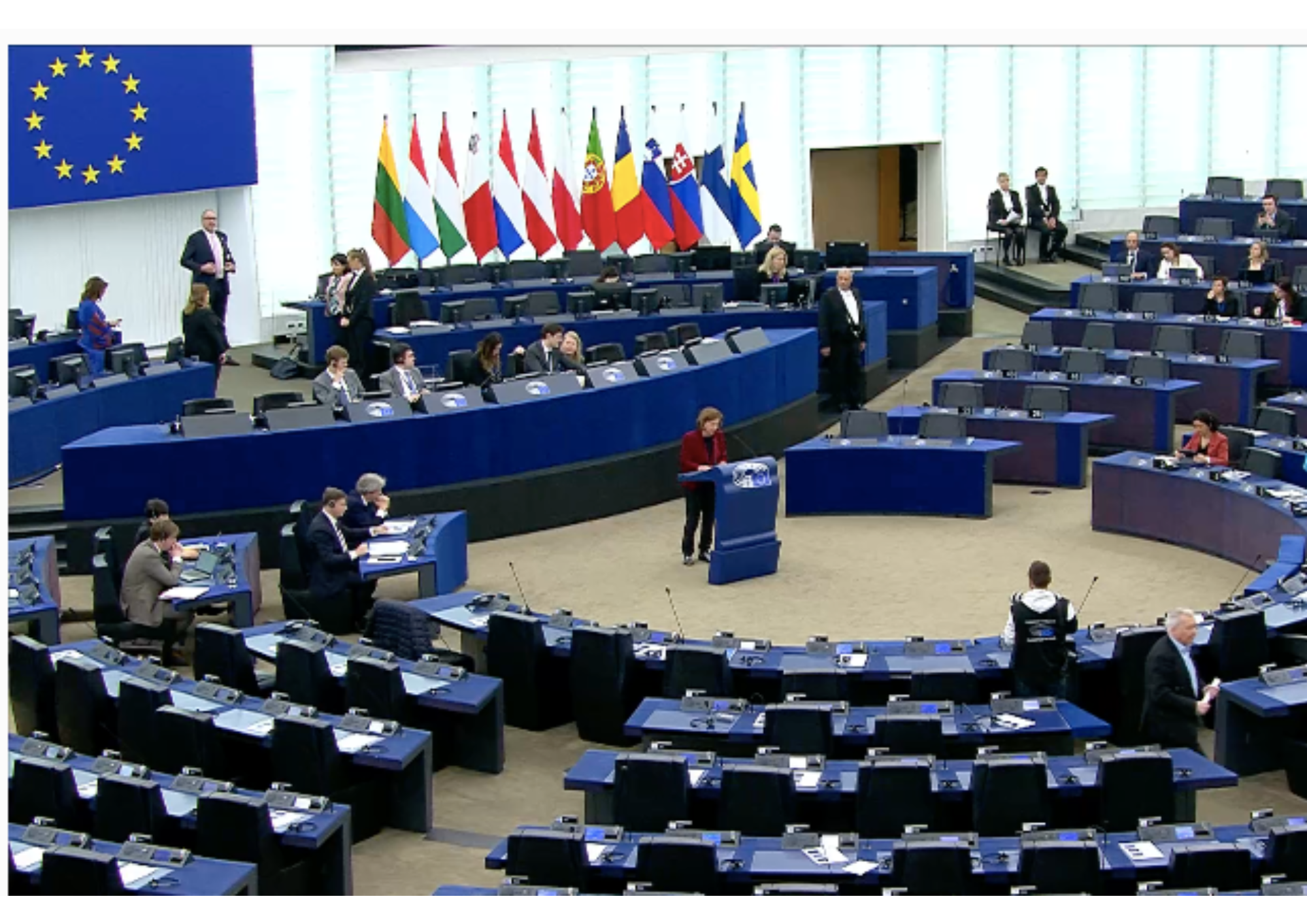Find out the key facts and statistics about climate change in Europe: regional impact, top emitters, the reduction of greenhouse gases and more.
Climate change is a global issue, but how is it affecting Europe? Discover facts and figures highlighting different aspects of this issue: causes, consequences and evolution.
The EU’s biggest greenhouse gases emitters: countries and sectors
The EU is the world’s third-largest greenhouse gases emitter after China and the United States and followed by India, Russia and Japan (2015).
Within the EU, the top five emitters in 2019 were Germany, France, Italy, Poland and Spain. The energy sector was responsible for 77.01% of greenhouse gases emissions in the EU in 2019, followed by agriculture (10.55%), industry (9.10%) and the waste sector (3.32%).
Discover more data in our infographic on greenhouse gas emissions by country and sector in the EU
Evolution of the EU’s greenhouses gases emissions since 1990
In 2008 the EU set a target to cut greenhouse gas emissions emissions by 20% by 2020 compared to 1990 levels. Much progress has been made: in 2015 there was already a decrease of 22% compared with 1990 levels.
In 2014, the EU set a new objective of reducing greenhouse gas emissions by at least 40% by 2030 compared to 1990 levels. According to the European Environmental Agency, the projected reductions based on the state of play of EU measures in 2017 will fall short of the target. It estimates there will be a decrease of about 30% in 2030.
Check out our infographics on the EU’s progress towards reaching its 2020 climate change targets
The impact of climate change on Europe
Climate change is already affecting Europe in various forms, depending on the region. It can for example lead to biodiversity loss, forest fires, decreasing crop yields and higher temperatures. It can also affect people’s health. For instance, people people can die as a result of heatwaves.
Check out our map showing how climate change is affecting different European regions
Transport emissions in the EU: facts and figures
Transport is the only sector in which emissions are still higher than they were in 1990.
Transport is responsible for nearly 30% of the EU’s total CO2 emissions, of which 72% comes from road transport.
CO2 emission from cars
Cars and vans produce about 15% of the EU’s CO2 emissions. With an average of 1.7 people per car in Europe, other modes of transport, such as buses, are currently a cleaner alternative. However, modern cars could be among the cleanest modes of transport if shared rather than being used for just one person.
Discover more data in our infographic on CO2 emissions from cars
Emissions from planes and ships
International aviation and shipping each account for less than 3.5% of the EU’s total greenhouse gas emissions, but have been the fastest growing source of emissions. Emissions from planes are projected to be up to 10 times higher in 2050 compared to 1990 while emissions from ships could increase by up to 50%.
Find out more in our infographic about emissions from planes and ships
Timeline of UN climate negotiations
The EU is a key player in UN climate change talks and has signed the Paris agreement. All EU countries are also signatories, but they coordinate their positions and set common emission reduction goals at the EU level.
Check out our timeline of climate change negotiations



